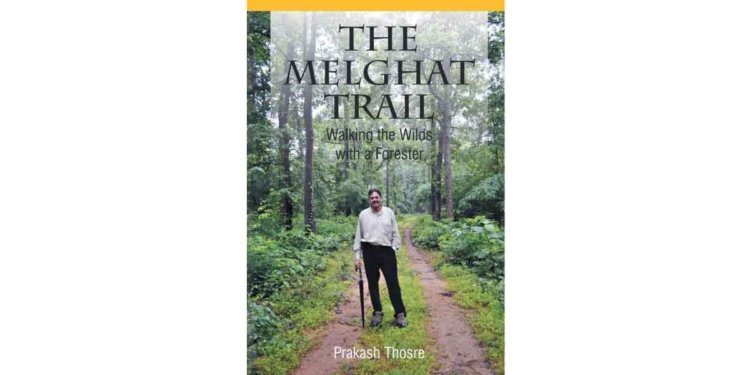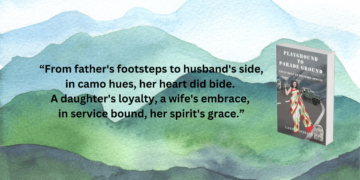The Melghat forests are one of the few remaining vestiges of the pristine teak forests of central India, with sizeable wildlife diversity, the tiger being the apex species, which have still managed to survive. Melghat was declared a tiger reserve and was among the first tiger reserves notified in 1973-74 under the Project Tiger. It is located in northern part of Amravati District of Maharashtra State in India. The Tapti River and the Gawilgadh ridge of the Satpura Range forms the boundaries of the reserve. The Korku tribe, the original native of Melghat have traditionally protected the forests and their wildlife through their eco-sensitive lifestyle and a deep conservation ethos.
Apart from Tigers the other prominent animals in Melghat are Sloth Bear, Indian Gaur, Sambar deer, Leopard, Nilgais, etc. The endangered and ‘back from extinction’ Forest Owlet is also found in various areas of the reserve.
Melghat Trail is a book dedicated to the forest reserve which details the experience and encounters of Prakash Thosre, retired IFS Officer who served as a Forester there. Mr. Thosre has spent considerable amount of his life in forests since his childhood. His father was in forest service and Thosre followed his footsteps to clear UPSC. His first posting as an IFS officer was in Melghat in 1976, the same decade it was deemed a tiger reserve.
Having spent several years in Melghat, Thosre brings us empirical anecdotes in a fluid narrative that focuses on the thrills of the jungle. Reading the book is no less than going on a wild safari or spending a night amongst the dense spread of trees. Being a forester has bestowed Thosre with both theoretical and practical knowledge which he interlinks quite informatively for his readers.
There are several peculiar references made by the IFS officer that includes the fact that tigers eat grass, As a matter of fact, the cat family – which includes tigers and leopards as well – consumes grass when their stomach is upset. Grass has medicinal value and also fibrous tissues that help these animals churn the raw flesh that they consume.
The former principal chief conservator of Maharashtra started telling his tales through one to one conversations with keen listeners such as the elderly and the school children. This later on took the shape of short stories that hot published in newspapers – both English and Marathi. His retirement finally gave him ample time to pen the book that we read today.
For over two years Thosre wrote the 262-page book, with 41 chapters which have several exquisite wildlife photographs and illustrations in between that make his narration interactive and lively.
Apart from wildlife Thosre is considerate enough to shed light on the Korku tribe who are residents of the jungle. He states how they have been the true conservators of the wild over centuries. Thosre’s book is the only written evidence of the tribe’s relevance.
A film was prepared for the National Geographic Channel in which Thosre played the role of a forest officer who is summoned to sort out the leopard problem. This one hour film was also dubbed in many foreign languages for its telecast.







